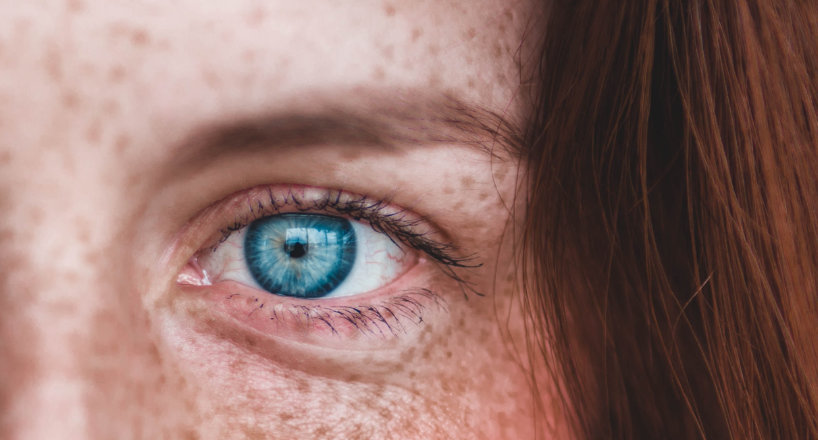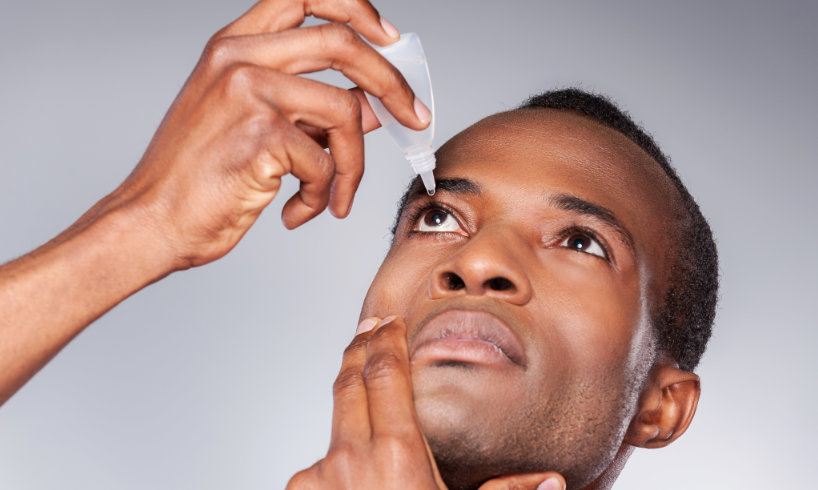Blepharitis

Blepharitis is a common eye condition that affects the eyelids. It is characterized by inflammation of the eyelid margins, which can cause redness, itching, burning, and a feeling of grittiness or foreign body sensation in the eyes. In severe cases, it can also lead to crusting of the eyelashes, flaking of the skin around the eyes, and even vision loss.
There are 2 types of blepharitis: anterior and posterior.
Anterior blepharitis occurs on the front of your eyelids in the area where the eyelashes connect to the lid. This form is less typical and is normally triggered by a bacterial infection or seborrheic dermatitis, which is a skin condition (dandruff) that causes flaking and itching of the skin on the scalp and eyebrows. While it is rare, allergies or mites on the eyelashes can likewise result in this condition.
Posterior blepharitis occurs on the inner eyelid that is closer to the actual eyeball.
This more common form is frequently triggered by rosacea, dandruff or meibomian gland problems which impact the production of oil in your eyelids.
Signs of Blepharitis
Blepharitis can vary greatly in intensity and trigger a variety of signs that include:
- Red, inflamed eyelids
- Itching
- Burning or gritty sensation
- Extreme tearing
- Dry eyes
- Crusting on eyelids
If left neglected, symptoms can end up being more extreme such as:
- Blurred vision
- Infections and styles
- Loss of eyelashes or crooked eyelashes
- Eye swelling or erosion, especially the cornea
- Dilated capillaries
- Irregular eyelid margin
Treatment for Blepharitis

Treatment for blepharitis depends upon the cause of the condition however an extremely important element is keeping the eyelids clean. Warm compresses are usually advised to soak the lids and loosen up any crust to be washed away.
It is suggested to utilize a mild cleaner (baby soap or an over-the-counter lid-cleansing agent) to clean up the area.
For bacterial infections, antibiotic drops or lotions might be recommended, and in severe cases, steroidal treatment (generally drops) might be used.
Blepharitis is normally a repeating condition so here are some tips for dealing with flare-ups:
- Utilize an anti-dandruff shampoo when cleaning your hair
- Massage the eyelids to release the oil from the meibomian glands
- Use synthetic tears to moisten eyes when they feel dry
- Consider breaking from the usage of contact lenses during the time of the flare-up and or switching to day-to-day nonreusable lenses.
The most essential way to increase your convenience with blepharitis is by keeping excellent eyelid hygiene. Speak to your doctor about items that she or he recommends.